Kaiyuan Cave Tourist Area Zibo
Kaiyuan Cave Tourist Area Zibo
The karst cave in Kaiyuan is named for the cliff stone carvings in Kaiyuan period of Tang Dynasty. It is large and tall with a length of more than 1100 meters. It is divided into six halls. The natural scenery in the cave is exquisite, vivid and dazzling. The cliff carvings of Neolithic Age, Tang Dynasty and Song Dynasty in the cave are even more remarkable.
Main attractions
From the Shancheng Bodong 40 miles to Kaiyuan Cave, known as "the first cave in Shandong Province". The karst caves in the world are different, but the magnificent Kaiyuan Cave is comparable to the Reed Flute Rock in Guilin, Guangxi. Kaiyuan Cave is a corridor hall cave, 1280 meters long, the highest and widest place up to 30 meters. It consists of eight halls, with more than 100 scenic spots and sceneries for tourists to enjoy. Each hall has its own unique lighting layout using China's advanced light source technology, which brings different visual effects to people.
Water curtain Hall
The first Hall of Kaiyuan Cave is called "Water Curtain Cave Hall". The stalactites in the cave have different shapes, and the stone mantle, flag and stalagmite are pleasant to the eye. "Water Curtain Cave" is named after a small hole in the stone wall. The temperature in the cave is constant throughout the four seasons, and the perennial temperature is kept at about 15 degrees. The indistinct words "Li", "Female" and "Meet" on the stone lion-shaped stalagmites have been identified by experts as Song Dynasty stone carvings, which have a history of nearly one thousand years. When Kaiyuan Cave was first discovered, people entering the cave found a pile of human bones beneath the stalagmite. It is supposed that maybe Li Mou-mou died here, and Zhao Xing, who was with him, wrote the inscription here.
Dragon Ridge Hall
The second hall is Longji Hall. Longji is also called Tiangou. The total length is 45 meters. There are almost all dragon ridges from one hall to six halls. Such a long, large, deep and beautiful dragon ridge is rare in other karst caves. So this is one of the characteristics of Kaiyuan Cave. The large and small white round stalactites on the wall of the cave make up the scenery of "lost jellyfish". There are three distinct stone carvings on the surface of stalagmites in this hall. It was certified by experts as carved in the first year of Tang Kaiyuan.
Pearl Hall
The third hall is the Pearl Hall. There are also many marks on the roof of the hall. Some of them are filled with calcite, and many of them are stone carvings of the Han Dynasty in China. Some difficult words have been made into rubbings and sent to relevant departments for research. Kaiyuan Cave has not only important tourism value, but also precious archaeological value. The top wall of the cave is covered with snow-white spheres, which are very similar to pearls, so it is called "Pearl Beach". The name of spheroids is stone grapes, which grow into corals and are called stone corals. The chemical composition is calcite, white. Its large distribution is also rare in other caves. It belongs to one of the cave treasures of Kaiyuan.
Ju Xian Hall
The fourth hall is "Juxian Hall". In this hall, various forms of stalagmites, small stone waterfalls, jellyfish coral, stone grapes, stone flags are everywhere. There are scenic spots, water sources, springs flowing into the East China Sea, rushing to the top of the heavens, which is the land of peach for thousands of years. There are "Pansil Cave" in the hall, the "Brahma Buddha Pagoda" inhabited by immortals, the "primitive ancestors", "Damo wall" and "longevity stars" respected as Chinese Buddhism Zen, which are really like gatherings of immortals.
Longevity Hall
The fifth hall is Longevity Hall. Longevity Hall is majestic and tall, about 25 meters high, with many stalactites. The beauty of longevity hall is like the beautiful colorful stalagmites of the King of Heaven Tower. The beauty is like the beautiful scenery of Guilin's poetry. The beauty is like a village, with thousands of lights, and even more beautiful is like the hot and red magma of ancient volcanoes. Stone flags were flying on the cliffs. On the top of the white waterfall, there was a petrified box engraved with the words "Golden Bar Tibetan Record". This humanistic landscape with marine fish fossils adds some mystery to the longevity hall. "Source source" outflows longevity water, it is said that drinking will be healthy and longevity.
Guanyin Hall
The sixth hall is Guanyin Hall. In this hall, the stone mantle is everywhere, stalagmites are full of eyes, shellfish nests are charming eyes, Shiqi Tibetan eyes, clear water, waterfalls drifting, attractive scenery. Stone dams are like terraces, and stone grapes are in clusters. Fairyland owner Nanhai Guanyin-shaped stalactite sits on the cave wall, lifelike. On the top of the Dragon ridge, which is about 25 meters long, stalactites resemble torches and niches.
Kaiyuan honorary
National AAAA Tourist Scenic Spot
Reliable Units of the Second Tourism Consumption in Shandong Province
Certificate of National Grade Tourist Areas (Spots)
Advanced Collective of Tourism Industry in Shandong Province
Zibo City Creates Excellent Cities in China
supporting facilities
Located in Malanyu, Donggao Village, Yuanquan Town, Zibo Kaiyuan Karst Cave, developed in the Lower Paleozoic Ordovician dolomite, was formed 400,000 years ago. It is a typical karst cave with a total length of more than 1,100 meters. It is very rare in northern China. There are many natural landscapes and cultural relics in the cave, with a maximum width of more than 30 meters. It is known as "the first cave in Shandong Province" by the National Karst Museum. Up to now, it has received a cumulative number of Chinese and foreign tourists. In order to expand the scale of the scenic spots, it is planned to invest 10 million yuan to build waterfalls, artificial lakes, Shihai, ecological parks and other supporting facilities for recreational tourism. After the completion of the project, the tourism income will be increased by 8 million yuan.
Traffic information
Traffic Guide for Kaiyuan Cave in Zibo Mountain
Address of Kaiyuan Cave in Zibo Mountain: Donggao Village, Boshan Yuanquan Town, Zibo City, Shandong Province
Zibo Boshan karst cave self-driving route:
Turn right at Boshan Highway junction and go south along Huancheng Road via Ma Gongci Tunnel-Nanzhuang-Jiao Yulu Exhibition Hall-Tianjin Turn right-Boshan Kaiyuan Karst Cave 30 km
Zibo Boshan Kaiyuan Cave Ride Route:
Zibo takes No. 1 bus to Boshan Station and No. 13 to Kaiyuan Karst Cave.
Zibo Bus Station (K1 Zhangdian to Kaiyuan Karst Cave) Bus Terminal Ticket 8.5 yuan
Practical information
Ticket information
Boshan Kaiyuan karst cave ticket price 70 yuan (including insurance premium and tour guide service fee), student ticket: 40 yuan.
For statutory holidays and associated holidays, tourist yearly tickets and coupons of competent authorities are not used in scenic spots.
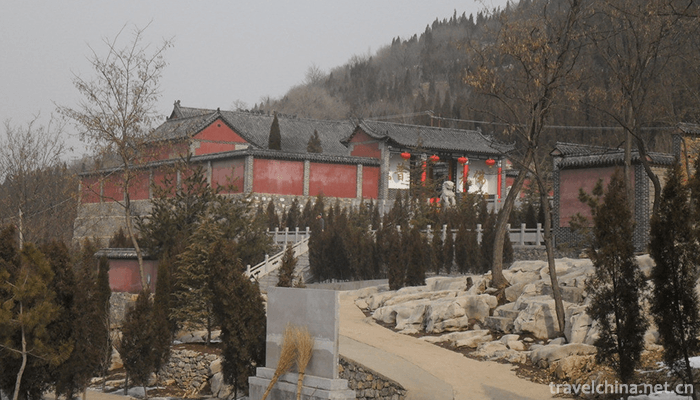
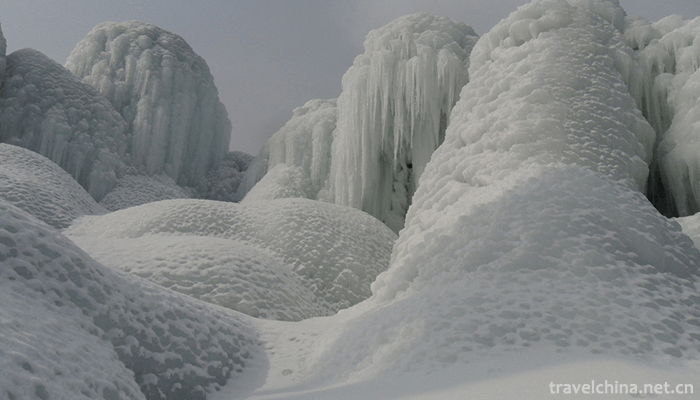
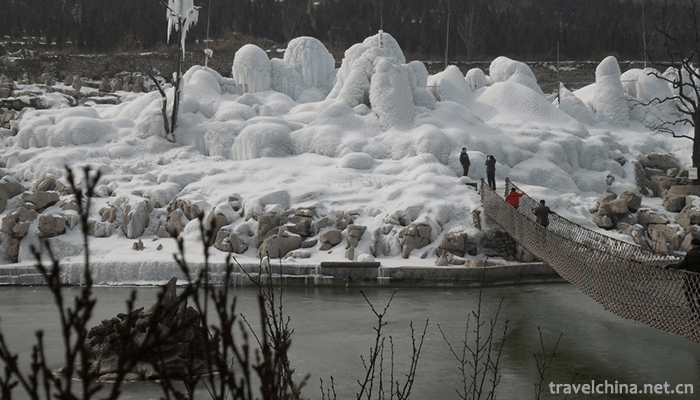
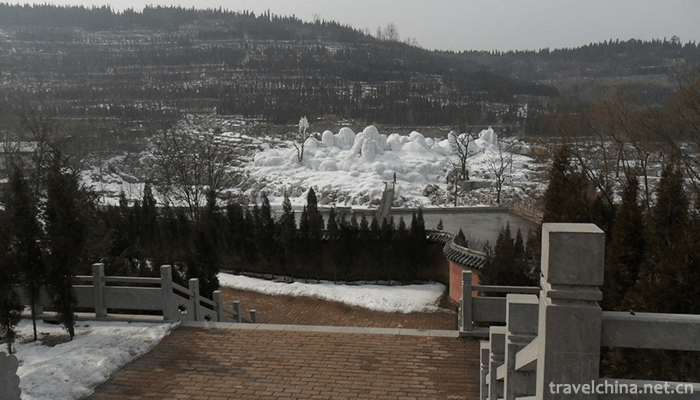
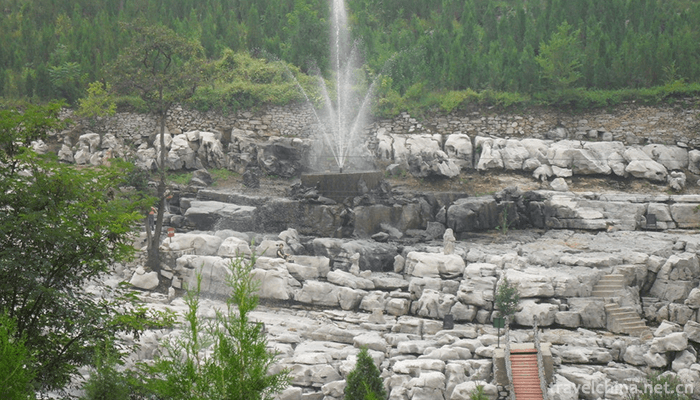
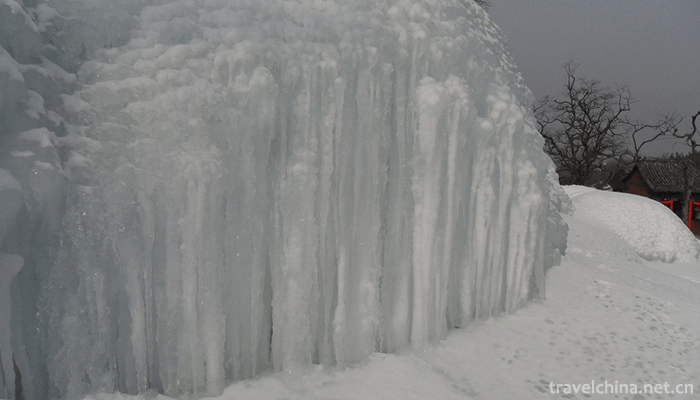
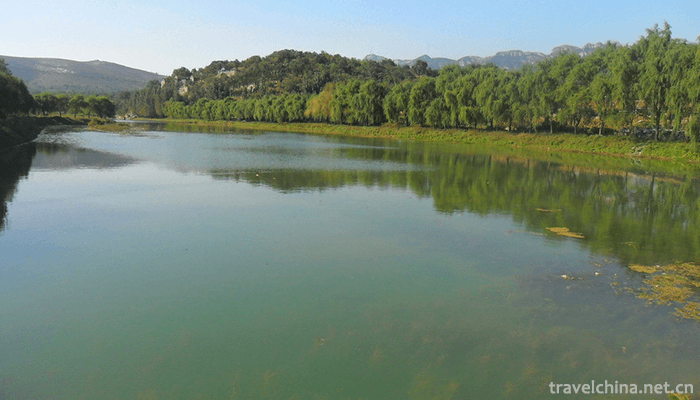
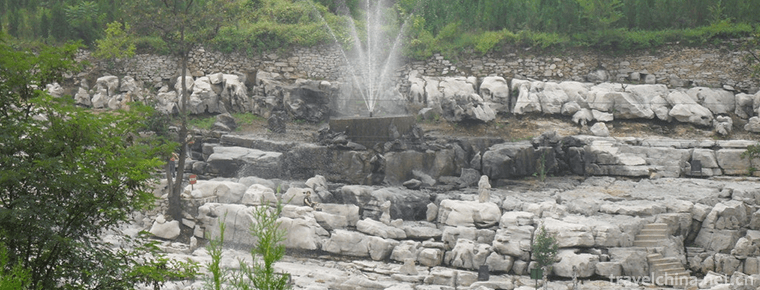
-
1.Portuguesestyle egg tarts
Portuguese egg tart, also known as Portuguese cream tower, caramel Mejit egg tart. Portuguese tart, known in Hong Kong, Macao and Guangdong, is a small cream pastry pie.
Time 2018-10-31 -
2.Ching Bo Leung
The word "cool" in Hainan dialect can be pronounced as "Yin Shang Sheng", which is homonymous with the two words used as weight unit. It is the soup of old fire for clearing heat a
Time 2018-11-05 -
3.Kongtong Mountain Scenic Spot
Kongtongshan Scenic Area is located 12 kilometers west of Pingliang City, Gansu Province. It overlooks Xi'an in the east, Lanzhou in the west, Baoji in the South and Yinchuan in the north
Time 2018-12-12 -
4.Yueyang Tower and Junshan Island Scenic Area
Junshan Island, formerly known as Dongting Mountain, Xiangshan Mountain and Youyuan Mountain, is located in the territory of Yueyang City. It is an island in Dongting Lake, 800 li away from Yueyang To
Time 2018-12-12 -
5.Xingtai Grand Canyon Tourist Area
Xingtai Grand Canyon is a national AAAA scenic spot, a national key scenic spot and a national geological park of China. It is located in Hejiaping Village, Luozhen, Southwest Road
Time 2019-02-26 -
6.Tibetan Gesar Painted Stone Carvings
Tibetan Gesar painted stone carvings belong to a relic of Chinese Tibetan Gesar culture. They are mainly distributed in Seda, Shiqu and Danba counties in Ganzi Tibetan
Time 2019-04-06 -
7.Henan Pendant
Henan pendant originated in Henan Province. It is a traditional form of folk art which is formed by the combination of Taoism, Yinggeliu and Sanxianshu, which are popular in Henan and Northern Anhui.
Time 2019-05-03 -
8.Dragon elbow mountain
Longcub mountain, also known as yuxu mountain, is located in Longquan Township, northwest of Huili County, Liangshan Yi Autonomous Prefecture, Sichuan Province, China. It is also known as yuxu mountain at the junction of Baiguowan
Time 2020-10-16 -
9.Chengdu Yongling Museum
The Royal Museum of Wang Jian, located at No.10 Yongling Road, Jinniu District, Chengdu, covers a total area of 54000 square meters, and is composed of three parts: cultural relics protection area, comprehensive museum and garden protection area.
Time 2020-10-18 -
10.Huahu Lake
Huahu is located on the 213 national road between Ruoergai in Sichuan Province and Langmu temple in Gansu Province. It is a natural Haizi on the grassland of GER dam. Geer dam is the second largest grassland in China after Hulunbeir Grassland
Time 2020-11-07 -
11.Education in Panzhihua
By the end of 2018, Panzhihua had 2 ordinary colleges and universities, 56 ordinary secondary schools, 7 secondary professional schools, 60 primary schools and 194 kindergartens. There are 26617 students in Colleges and universities, 72372 students in secondary schools
Time 2020-12-14 -
12.Historical evolution of Suining
In Xia and Shang Dynasties, Shu nationality gradually developed and distributed in Sichuan Basin. During the spring and Autumn period and the Warring States period, the Shu nationality
Time 2020-12-16